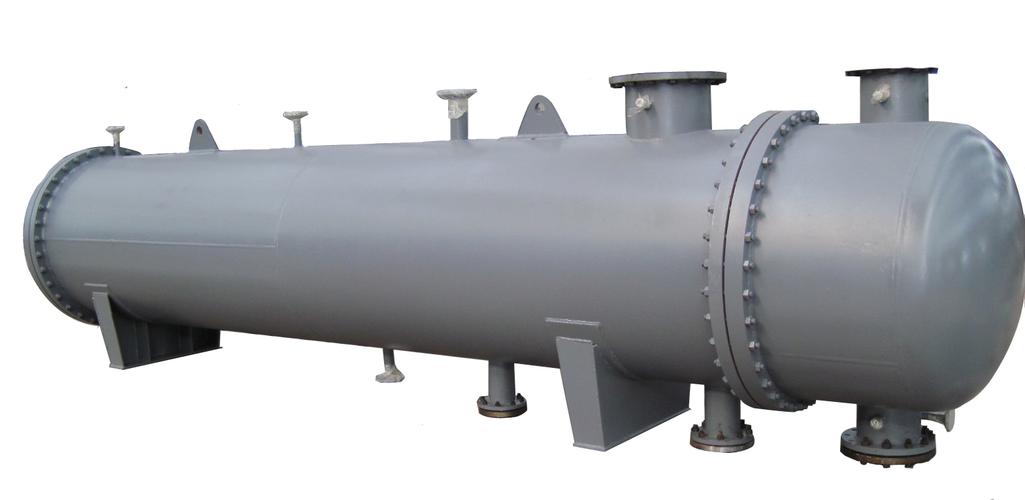Comparation of shell and tube heat exchangers and finned tube heat exchangers
A comparative analysis of shell and tube heat exchangers and finned tube heat exchangers:
1. Structure and Operating Principle:
- Shell and Tube Heat Exchanger: A shell and tube heat exchanger consists of a shell (housing) and multiple tube bundles (tubes). Typically, the hot fluid flows through the tube bundles while the cooling medium flows through the shell. Heat transfer occurs through the tube walls. This design is suitable for high-flow and high-temperature differential applications.
- Finned Tube Heat Exchanger: A finned tube heat exchanger is constructed with one or more tubes surrounded by helical fins. The presence of fins increases the surface area, thereby enhancing heat transfer efficiency. This design is suitable for relatively lower flow rates and temperature differentials, commonly used in air conditioning, refrigeration, and some chemical processes.
2. Heat Transfer Efficiency:
- Shell and Tube Heat Exchanger: Due to its larger surface area, shell and tube heat exchangers excel in high-temperature differential conditions. They are suitable for industrial applications requiring significant heat exchange.
- Finned Tube Heat Exchanger: Finned tube heat exchangers improve heat transfer efficiency by increasing the finned surface area but are best suited for relatively lower flow rates and temperature differentials.
3. Materials and Durability:
- Shell and Tube Heat Exchanger: Shell and tube heat exchangers are typically made from more corrosion-resistant materials as they are often used in harsh industrial environments.
- Finned Tube Heat Exchanger: Finned tube heat exchangers typically use materials like stainless steel or aluminum, which are durable enough for lightweight applications.
4. Cleaning and Maintenance:
- Shell and Tube Heat Exchanger: Cleaning and maintaining shell and tube heat exchangers are generally easier because tube bundles can be relatively easily removed for maintenance.
- Finned Tube Heat Exchanger: The design of finned tubes can be more complex, making cleaning and maintenance potentially more challenging.
5. Cost and Size:
- Shell and Tube Heat Exchanger: Shell and tube heat exchangers are typically larger and suited for large-scale industrial systems but may be relatively more expensive.
- Finned Tube Heat Exchanger: Finned tube heat exchangers are generally more compact, suitable for space-constrained applications, and tend to be more cost-effective.
6. Applications:
- Shell and Tube Heat Exchanger: Shell and tube heat exchangers find applications in industries such as petroleum, chemicals, and power generation.
- Finned Tube Heat Exchanger: Finned tube heat exchangers are used in lighter applications like air conditioning, refrigeration, and food processing.
In summary, shell and tube heat exchangers and finned tube heat exchangers exhibit distinct differences in structure, performance, and application fields. The choice between these types of heat exchangers depends on specific application requirements, including flow rates, temperature differentials, material needs, maintenance considerations, and budget constraints.


